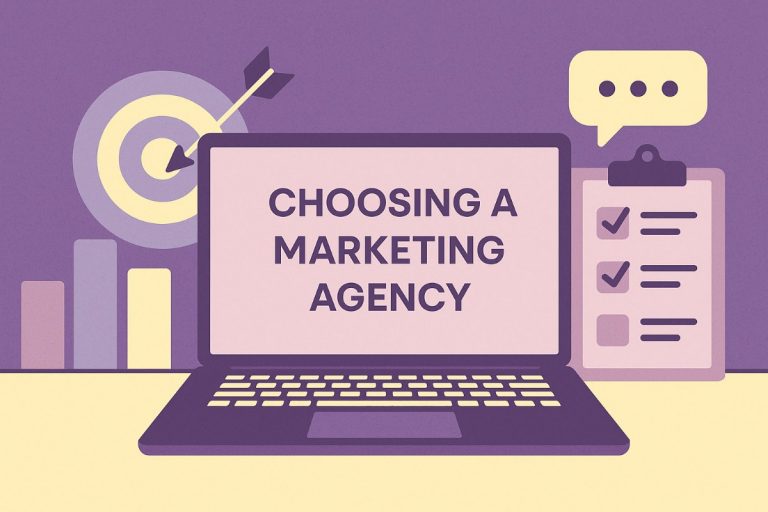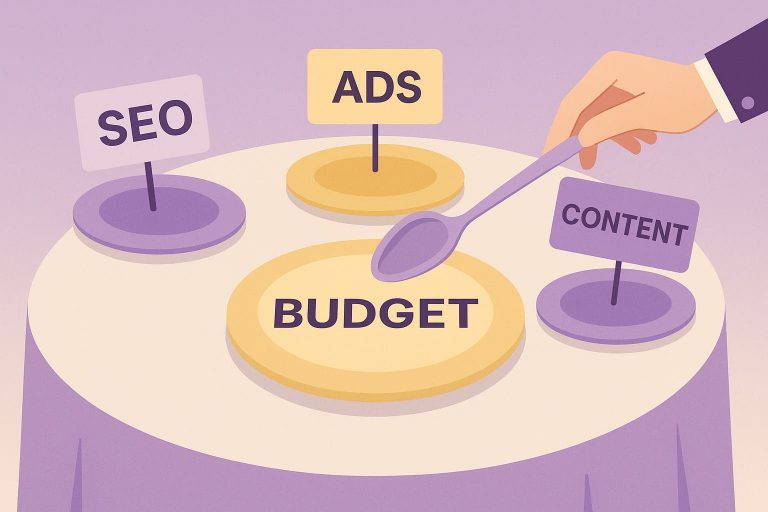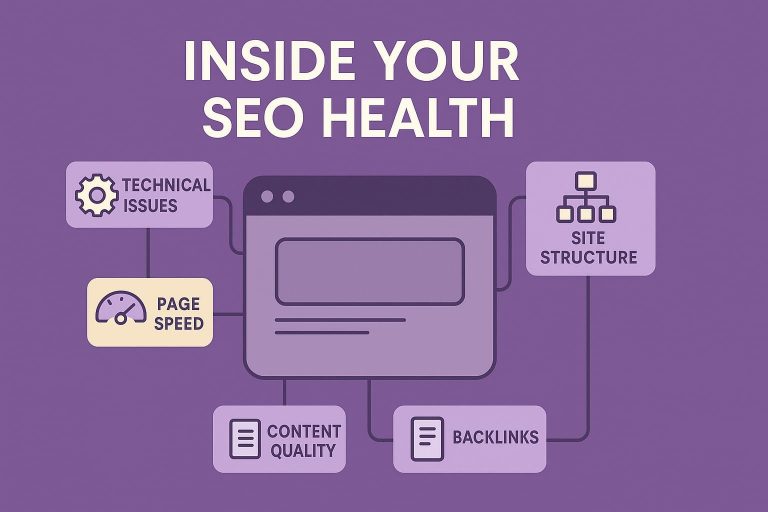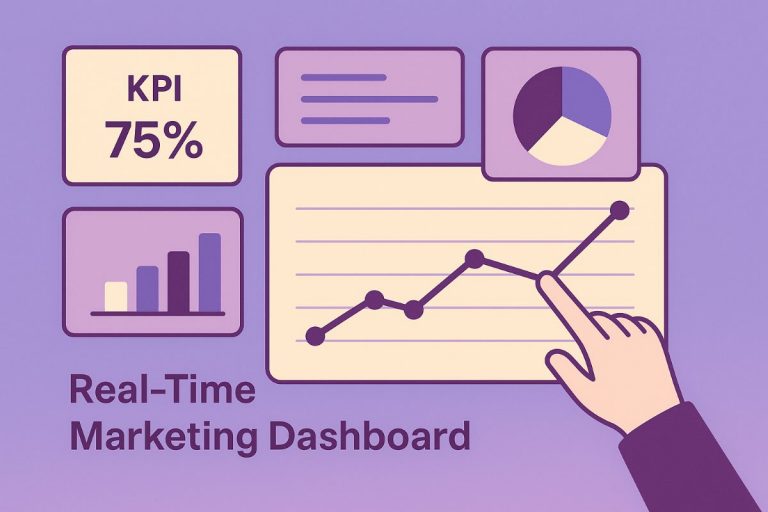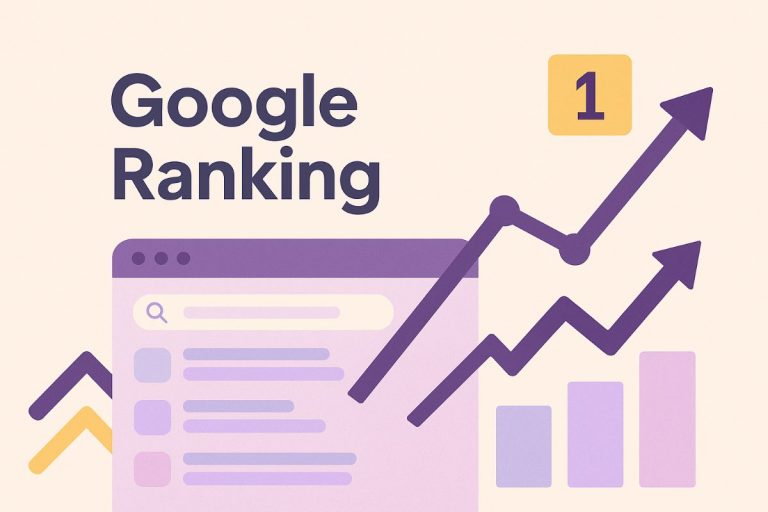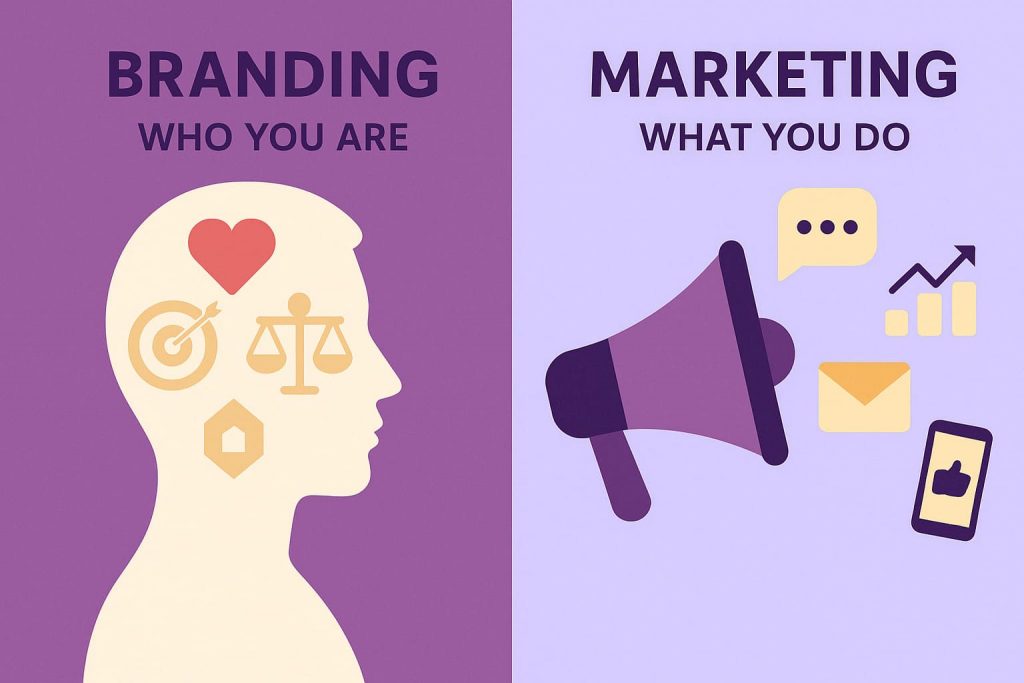
- Defining the Core Concepts: What Are Branding and Marketing?
- The Fundamental Differences Between Branding and Marketing
- How Branding and Marketing Work Together Strategically
- Which Comes First? Establishing Your Brand Foundation
- The Impact of Branding on Company Culture and Teams
- Effective Marketing Strategies That Leverage Your Brand
- Measuring Success: Brand Metrics vs. Marketing Metrics
- Common Pitfalls in Branding and Marketing (And How to Avoid Them)
- How Brands Evolve Over Time
- Case Studies: Brands That Excel at the Branding-Marketing Relationship
- Conclusion: Building Your Branding and Marketing Strategy
You invest $50,000 in what you believe is a solid “marketing campaign,” but sales remain stagnant. The issue? You might be tackling the wrong problem. Many businesses waste valuable resources on marketing tactics, overlooking the importance of a strong brand foundation. The confusion between branding and marketing is not just a technicality — it’s a costly misstep that leads to wasted efforts and missed opportunities.
Key Takeaways:
- The fundamental differences between branding and marketing
- How these elements work together strategically
- Practical ways to develop both for business growth
- Common pitfalls to avoid
- How to measure success in both areas
Defining the Core Concepts: What Are Branding and Marketing?
Let’s cut through the noise. Most businesses treat branding and marketing as interchangeable terms, which is like confusing your personality with your resume. They’re related, sure, but fundamentally different beasts that serve distinct purposes in your business strategy.
The confusion isn’t surprising — both involve reaching customers, both require creative thinking, and both impact your bottom line. Understanding their unique roles transforms how you approach business growth.
| Branding Components | Marketing Components |
|---|---|
| Logo & Visual Identity | Advertising Campaigns |
| Brand Voice & Tone | Social Media Promotions |
| Core Values & Mission | Content Creation |
| Customer Perception | Email Campaigns |
| Brand Promise | SEO Optimization |
| Customer Experience | Sales Funnels |
What is Branding?
Branding is the soul of your business — it’s who you are at your core, not what you’re selling this quarter. Think of it as the process of creating and establishing a unique identity and perception that lives rent-free in your customers’ minds. When someone mentions your company at a dinner party, branding determines what story gets told.
Your brand encompasses everything from the emotions customers feel when they interact with you to the expectations they have before they even make contact. It’s the gut feeling someone gets when they hear your name. And here’s what most people miss: your brand exists whether you actively manage it or not. The question is whether you’re shaping it or letting it happen by accident.
Key Components of a Brand:
- Brand purpose and mission
- Brand values and principles
- Brand personality and voice
- Visual identity (logo, colors, typography)
- Brand messaging and positioning
- Customer experience
Types of Branding
Not all branding strategies are created equal, and choosing the right approach depends on your business goals and market position. Each type serves a specific purpose and requires different tactics to execute effectively.
Service branding focuses on the experience — think about how you feel walking into a Four Seasons versus a budget motel. Personal branding? That’s for the solopreneurs and thought leaders who are their business.
Branding Types and Their Focus:
- Corporate branding: Building the company’s overall identity and reputation.
- Product branding: Creating unique identities for individual products.
- Service branding: Emphasizing the customer experience and service quality.
- Personal branding: Developing individual professional identities.
What is Marketing?
Marketing is the megaphone that amplifies your brand’s message to the world. It’s the collection of tactical activities and strategies you use to promote your business, reach your target audience, and drive specific actions.
Unlike your brand identity which should remain relatively consistent, your marketing tactics should be agile, testing new channels, messages, and approaches to find what resonates with your audience right now.
Common Marketing Activities:
- Content marketing (blogs, videos, podcasts)
- Social media marketing
- Email marketing
- Paid advertising (PPC, display, social)
- Search engine optimization (SEO)
- Public relations
- Events and experiential marketing
Types of Marketing
Digital marketing dominates the conversation today, but don’t write off traditional methods if your audience responds to them. Email marketing still delivers the highest ROI for many businesses, while content marketing builds authority over time. Social media marketing can create viral moments, but influencer marketing might give you more targeted reach. The key? Testing, measuring, and doubling down on what works for your specific situation.
Marketing Types and Applications:
- Digital marketing: Comprehensive online strategies across multiple channels.
- Email marketing: Direct communication with segmented customer lists.
- Content marketing: Creating valuable content to attract and engage audiences.
- Social media marketing: Platform-specific engagement and community building.
- Influencer marketing: Leveraging credible voices to reach target demographics.
- Traditional marketing: Print, radio, TV, and outdoor advertising.
The Fundamental Differences Between Branding and Marketing
Marketing is what you do; branding is who you are. That distinction might sound simple, but it’s profoundly important for how you allocate resources and make strategic decisions.
Marketing can borrow interest; only branding creates it. Marketing drives today’s sales; branding builds tomorrow’s customer base. Marketing speaks to customer needs; branding connects with customer values.
Think about it this way: Marketing tactics change with trends, seasons, and campaigns. Your Facebook ads from 2019 look nothing like today’s TikTok strategy. But strong brands like Apple, Nike, or even your favorite local coffee shop maintain their core identity regardless of their current marketing campaign.
| Dimension | Branding | Marketing |
|---|---|---|
| Purpose | Creates identity and perception | Promotes products and drives actions |
| Timeframe | Long-term investment | Short to medium-term campaigns |
| Focus | Who you are as a company | What you do and offer |
| Audience Impact | Emotional connection and loyalty | Awareness and conversion |
| Measurement | Recognition, perception, loyalty | Engagement, conversion, ROI |
| Process | Define, establish, maintain | Plan, execute, optimize, repeat |
How Branding and Marketing Work Together Strategically
Branding and marketing aren’t competitors for your budget — they’re dance partners that make each other look good. Your brand provides the foundation that makes your marketing believable, while your marketing activities reinforce and spread your brand message. It’s a symbiotic relationship that, when properly aligned, creates exponential results.
This alignment creates a virtuous cycle: Strong branding makes marketing more efficient because you’re not starting from zero with each campaign. Consistent marketing reinforces brand perception, making future marketing efforts even more effective.
Indicators of Strong Branding-Marketing Alignment:
- Marketing messages naturally reflect brand values without forcing
- Customer acquisition costs decrease over time
- Customer loyalty and retention improve
- Word-of-mouth referrals increase
- Brand recognition strengthens in target markets
- Marketing campaigns produce higher conversion rates
Which Comes First? Establishing Your Brand Foundation
Branding comes before marketing. Period. You can’t effectively tell your story until you know what that story is. Trying to market without a clear brand is like trying to give directions without knowing your starting point — you might move, but you probably won’t get where you want to go.
Your brand foundation acts as a filter for every marketing decision you’ll make. It determines which channels you use, what tone you take, which influencers you partner with, and even which customers you pursue. Without this foundation, you’re just throwing tactics at the wall and hoping something sticks. With it, every marketing dollar works harder because it’s reinforcing a consistent message.
Step-by-Step Process for Establishing Brand Foundation:
- Define your purpose and mission
- Identify your core values and principles
- Understand your target audience deeply
- Develop your unique value proposition
- Create your brand personality and voice
- Design your visual identity elements
- Establish your brand messaging
- Document everything in brand guidelines
Need help establishing a strong brand foundation that powers effective marketing? Lead Craft Digital Marketing specializes in creating comprehensive branding strategies that align perfectly with data-driven marketing campaigns. Our team understands that successful digital growth requires both a compelling brand story and strategic marketing execution. Whether you’re building from scratch or realigning existing efforts, we help businesses create the brand-marketing synergy that drives sustainable growth.
The Impact of Branding on Company Culture and Teams
Your brand isn’t just an external facade — it’s the DNA that should run through every aspect of your organization. When employees understand and embody your brand values, they become authentic brand ambassadors who reinforce your identity with every customer interaction.
The most successful brands ensure their internal culture mirrors their external promise. If your brand promises innovation but your internal processes are stuck in 1995, that disconnect will eventually surface in customer experiences. Authentic branding starts from within and radiates outward.
How Branding Impacts Internal Teams:
- Creates shared purpose and values
- Guides decision-making at all levels
- Attracts talent that aligns with company values
- Increases employee retention and satisfaction
- Transforms employees into authentic brand advocates
Effective Marketing Strategies That Leverage Your Brand
Content marketing that reflects your brand voice creates a consistent experience across all touchpoints. When your blog posts, social media updates, and email campaigns all feel like they’re coming from the same entity, you build recognition and trust.
Social media marketing becomes more effective when it’s an extension of your brand personality rather than a separate persona. Your paid advertising should communicate your brand positioning, not just product features.
Even your customer service interactions are marketing opportunities when they deliver on your brand promise. Every touchpoint either reinforces or undermines your brand — there’s no neutral ground.
The magic happens when your marketing strategies and brand identity become inseparable. Your audience shouldn’t be able to imagine your marketing messages coming from any other company. That’s when you know you’ve achieved true alignment.
Marketing Approaches That Leverage Branding:
- Content marketing that reflects brand voice and values
- Social media strategies that reinforce brand personality
- Email marketing that extends the brand experience
- Advertising that communicates brand positioning
- Customer service that delivers on brand promises
Measuring Success: Brand Metrics vs. Marketing Metrics
You can’t manage what you don’t measure, but branding and marketing require different yardsticks. Marketing metrics tend to be immediate and quantifiable — clicks, conversions, ROI. Brand metrics are often more qualitative and long-term — perception, loyalty, equity. Both matter, and ignoring either gives you an incomplete picture of your business health.
You can see in real-time whether your Facebook ads are converting or your email open rates are declining. These metrics drive optimization and tactical adjustments. But here’s what many businesses miss: great marketing metrics with poor brand metrics indicate a problem brewing.
Brand metrics require patience and different measurement tools. Surveys, sentiment analysis, and Net Promoter Scores capture how people feel about your brand. Customer lifetime value and retention rates indicate brand strength. Market share and pricing power reflect brand equity.
| Brand Metrics | Marketing Metrics |
|---|---|
| Brand awareness | Campaign reach |
| Brand perception | Engagement rates |
| Brand loyalty | Conversion rates |
| Net Promoter Score | Click-through rates |
| Customer lifetime value | Cost per acquisition |
| Brand equity | Return on ad spend |
| Market share | Sales attributed to campaigns |
Tools and Techniques for Measurement:
- Brand measurement: Surveys, focus groups, social listening, brand tracking studies
- Marketing measurement: Google Analytics, marketing automation platforms, attribution modeling
Common Pitfalls in Branding and Marketing (And How to Avoid Them)
Brand inconsistency is one of the most costly mistakes you can make. Every time your Tuesday newsletter contradicts your Monday Instagram post, you erode trust. When your sales team promises something your brand can’t deliver, you create disappointed customers who become vocal detractors.
Common Branding Pitfalls:
- Undefined or unclear brand identity
- Inconsistent brand presentation
- Disconnect between brand promise and customer experience
- Copying competitors instead of differentiating
- Failing to evolve the brand appropriately over time
On the marketing side, the cardinal sin is marketing before establishing your brand identity. It’s like building a house on sand — you might create something impressive, but it won’t last. Equally dangerous is focusing on features instead of benefits, or worse, ignoring what your target audience actually wants in favor of what you think they should want.
Common Marketing Pitfalls:
- Marketing before establishing brand identity
- Inconsistent messaging across channels
- Focusing on features instead of benefits
- Ignoring target audience preferences
- Failing to measure and optimize campaigns
How Brands Evolve Over Time
Brands are living entities that must evolve while maintaining their core identity. The trick is knowing what to change and what to protect. Your core values and fundamental purpose should remain steady, but how you express them must stay relevant to changing markets and customer expectations.
The key is evolution, not transformation. Sudden, dramatic brand changes confuse loyal customers and waste accumulated brand equity. Instead, successful brands make incremental adjustments that keep them relevant while maintaining recognition. They read market signals, listen to customers, and adapt their expression while protecting their essence.
Signs Your Brand Needs to Evolve:
- Shifting market demographics
- Outdated visual identity
- Expanded product/service offerings
- Changed competitive landscape
- New business direction or values
Case Studies: Brands That Excel at the Branding-Marketing Relationship
Nike: How Visual Consistency Turned Three Words Into $50 Billion
Nike invested $3.7 billion in marketing (2023) with one rule — every single piece had to make you feel something. Not think about shoe technology. Not compare prices. Feel. They shot athletes at 4 AM training sessions, captured the grimace at mile 23 of marathons, and showed kids from rough neighborhoods making it to the NBA.
What Nike got right:
- They picked one emotion (determination) and hammered it home across 170+ countries without wavering
- Every visual follows the same formula: struggle → push through → triumph (watch any Nike ad from the last decade)
- They spent 10% of revenue on marketing but kept the message identical whether it was a $10 million Super Bowl ad or an Instagram story
Airbnb: The $75 Billion Company Built on Other People's Vacation Photos
The “Live There” campaign asked travelers one question: “What made you feel like a local?” Then Airbnb sat back while 4 million hosts and 150 million users flooded social media with apartment views from Paris, breakfast spreads in Tokyo, and sunset terraces in Santorini. Zero photoshoot budget. Maximum authenticity.
Why this worked:
- User-generated content gets 4.5x more engagement than brand-created posts — Airbnb just surfaced the best ones.
- They grew from 80 million users (2016) to 150 million (2019) using primarily customer stories.
- Community posts had 2.3x higher booking conversion rates because people trust “Sarah from Ohio” more than marketing teams.
Glossier: How a Blog With 1.5 Million Readers Became a Billion-Dollar Beauty Brand
Instead of hiring models, Glossier photographed actual customers with actual skin texture, actual pores, and actual morning hair. Their Instagram doesn’t look like a brand feed — it looks like your group chat. And that’s precisely why 70% of their customers come from peer referrals, not ads.
The Glossier playbook you can actually use:
- They respond to every single Instagram comment within 2 hours (yes, all 100,000+ monthly)
- Product development happens in public — they ask followers to vote on shades, textures, and names before launch
- Their aesthetic isn’t “minimalist” — it’s “your bathroom counter at 7 AM,” which is why it feels attainable, not aspirational
Lessons Learned:
- Consistent, emotionally resonant imagery enhances brand perception.
- User-generated content fosters trust and builds a loyal community.
- Authentic, inclusive branding drives engagement and connection.
Conclusion: Building Your Branding and Marketing Strategy
The path forward is clear, even if it isn’t easy. Start by honestly assessing where you stand today. Do you have a clearly defined brand that everyone in your organization understands and embodies? Are your marketing efforts consistently reinforcing that brand identity? Where are the gaps, and which should you address first? Remember, perfect alignment isn’t the goal — progressive improvement is. Every step toward better branding and marketing synergy is a step toward sustainable business growth that compounds over time.
Your Immediate Action Steps:
- Audit your current brand identity.
- Evaluate alignment between brand and marketing.
- Identify gaps in either branding or marketing.
- Prioritize improvements based on business goals.
- Implement measurement systems for both areas.














 451
451  6 min
6 min




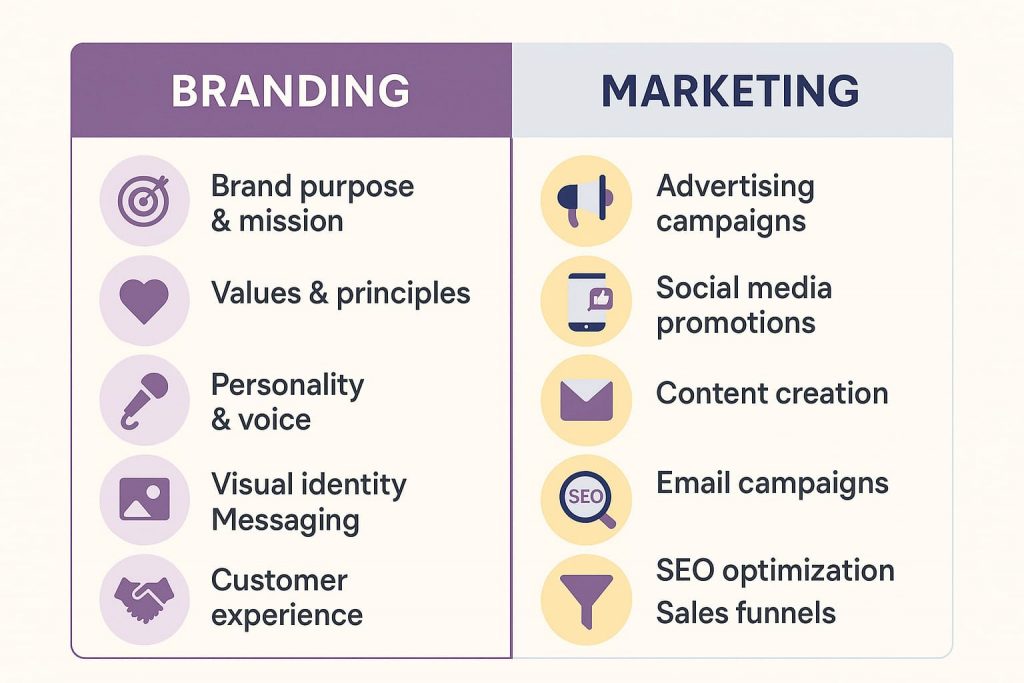
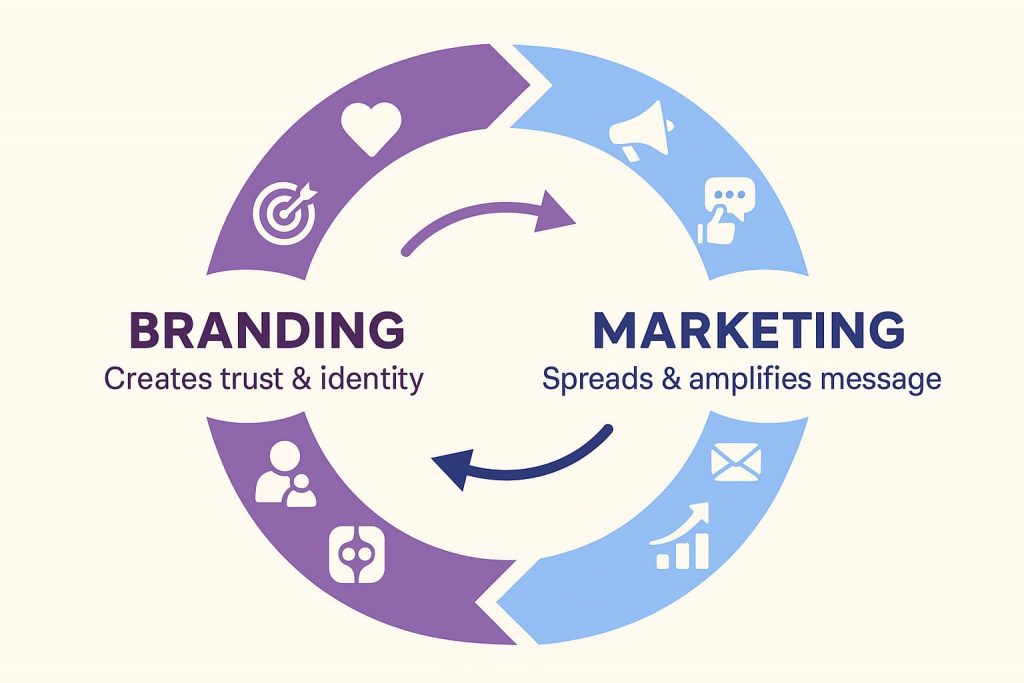
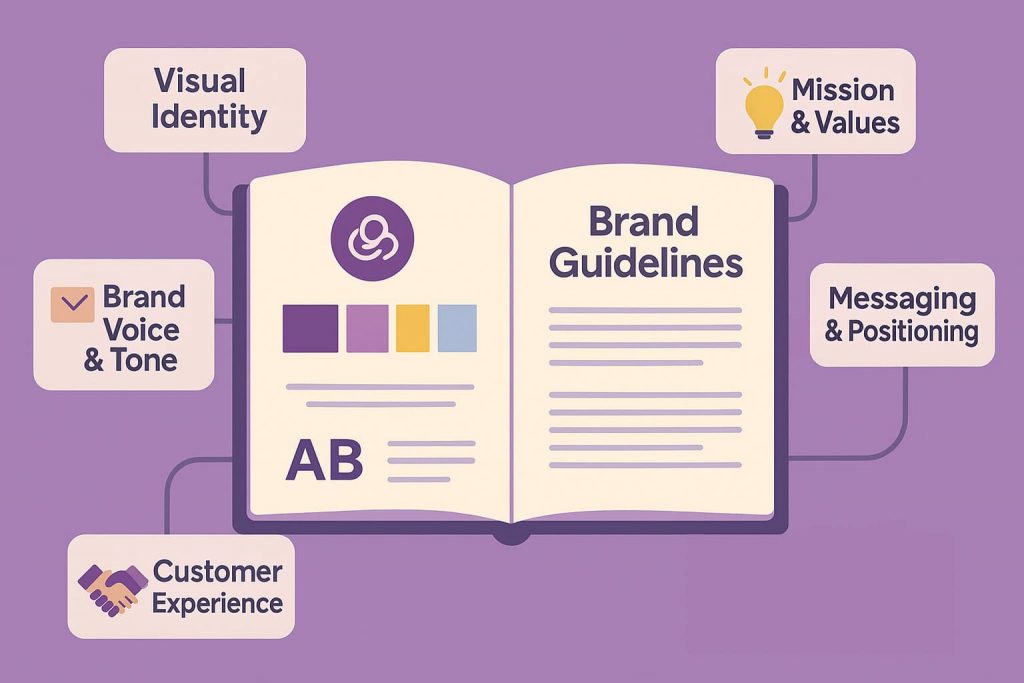
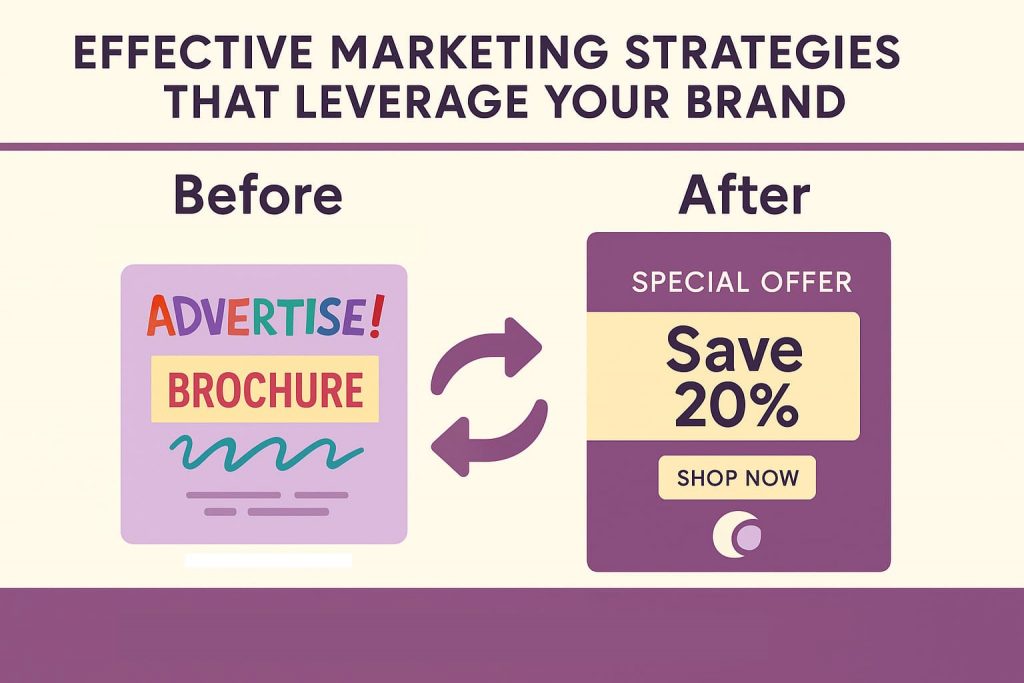
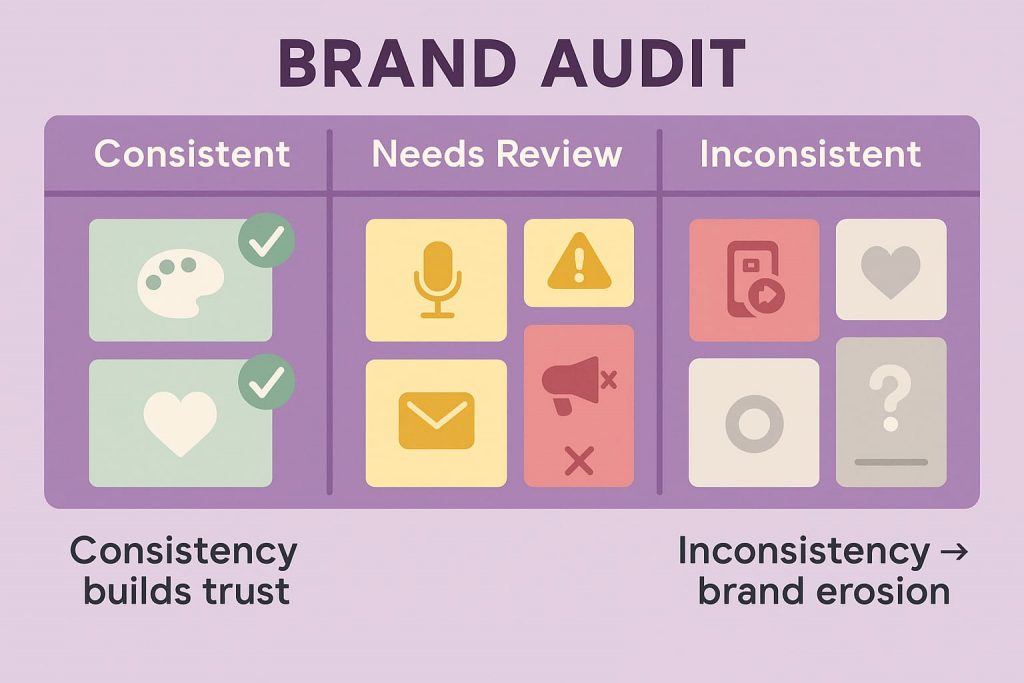
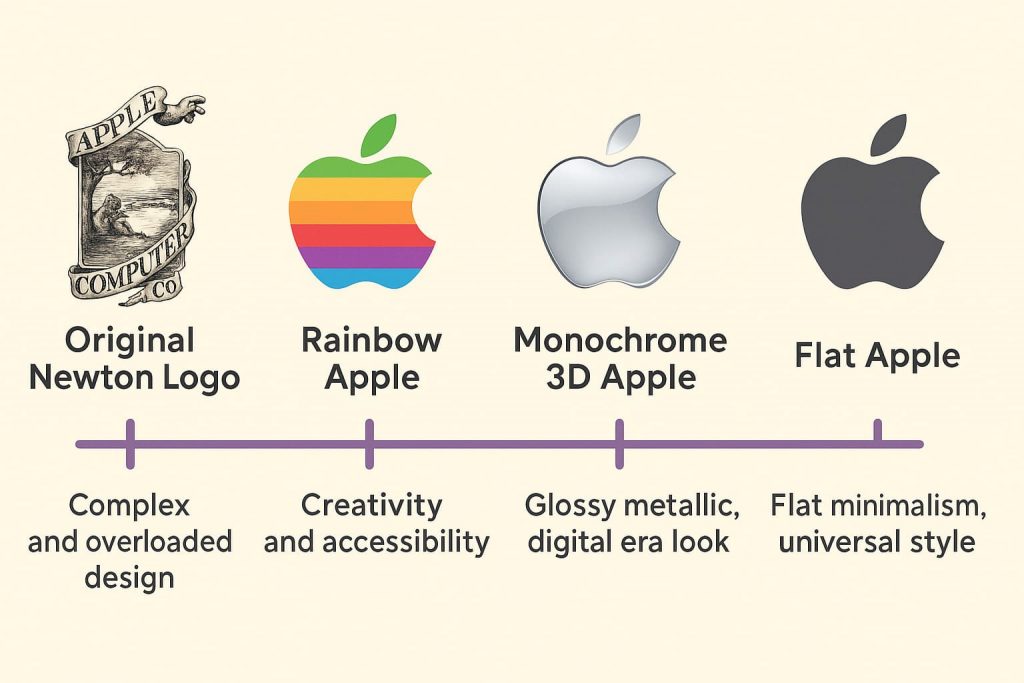
 Share
Share
 X
X
 LinkedIn
LinkedIn





